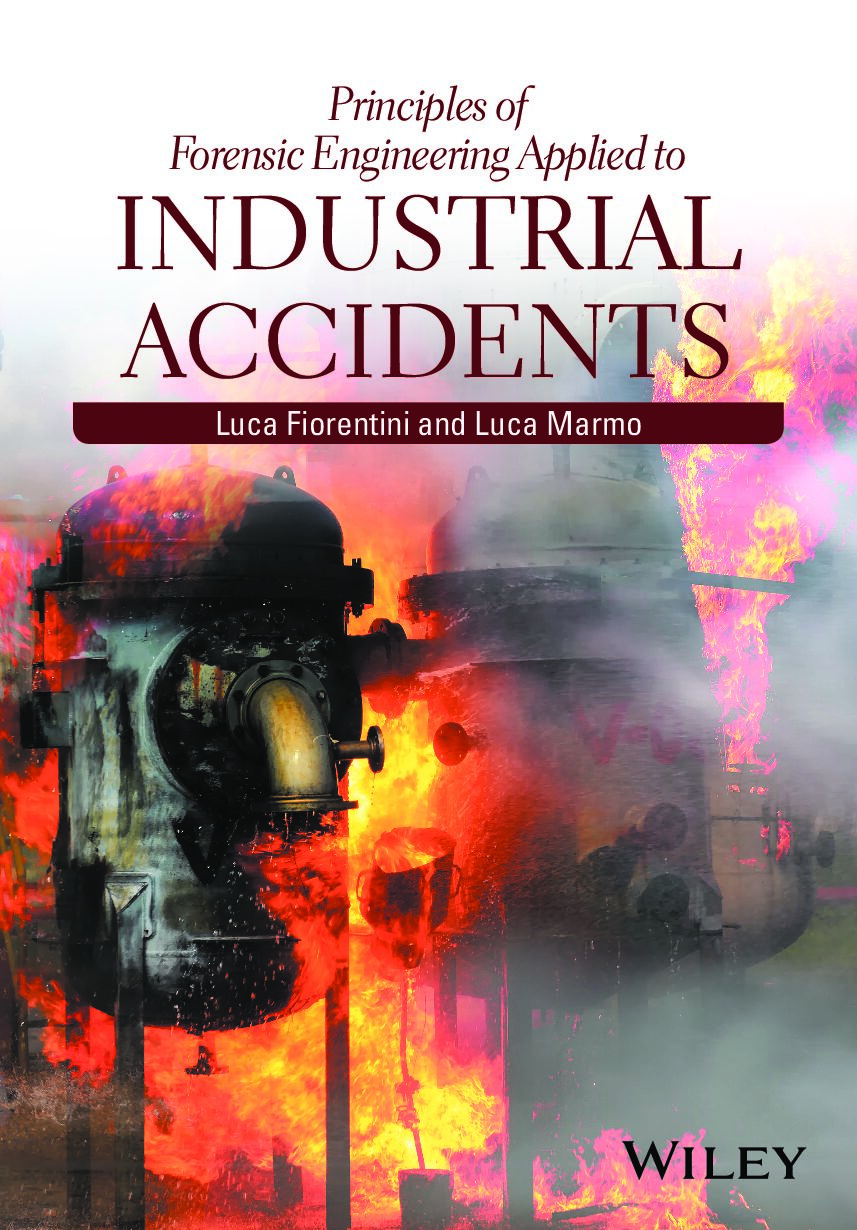Luca Fiorentini, Luca Marmo
Wiley, 2019520
pp., English
Forensic engineering should be seen as a rigorous approach to discovering the root causes leading to an accident or near-accident. The approach should be suitable to identify both immediate causes and underlying factors that have influenced, amplified or modified events in terms of consequences, evolution, dynamics, etc., as well as the contribution of any “human error”. This book is a concise and introductory volume to the discipline of forensic engineering that helps the reader to recognise the link between those important and very specialised aspects of the same problem in the overall strategy of learning from accidents (or near accidents). The reader will benefit from a single point of access to this very extensive technical literature which can only be correctly understood with the right terms, definitions and links in mind.
The text:
- presents simple but real cases, as well as providing an overview of the more complex ones, each of them investigated within the same framework;
- provides readers with the bibliography to access more in-depth specific aspects;
- provides an overview of the methodologies and techniques most commonly used to investigate accidents, including the evidence that should be collected to define the cause, dynamics and responsibilities of an industrial accident, and the most appropriate methods to collect and preserve evidence through an appropriate safety chain.
The book is an essential reading for researchers and professionals in forensic engineering, as well as graduate students in forensic engineering and other professionals working in the technical and HSE field.
The volume is introduced by forewords by experts of international relevance including:
- Gioacchino Giomi (former Head of the National Fire Brigade Corps);
- Bernardino Chiaia (Vice Rector of the Politecnico di Torino);
- Kong Fah Tee (professor at the University of Greenwich and editor-in-chief of the Journal of Forensic Engineering).
The work has been selected among the best 11 scientific works (“must read book”) of 2019 by ASME (American Society of Mechanical Engineers).
Following the book review from IEEE the world’s largest technical professional organization dedicated to advancing technology for the benefit of humanity:
[…]Forensic engineering has been defined by Wikipedia as “the investigation of failures – ranging from serviceability to catastrophic – which may lead to legal activity, including both civil and criminal.” Generally, the purpose of forensic engineering investigation is to locate cause or causes of failure with a view to improve performance or life of a component, or to assist a court in determining the facts of an accident. It can also involve investigation of intellectual property claims, especially patents.
This book is a concise introduction of forensics engineering as applied to industrial accidents. It provides a rigorous approach to the discovery of root causes that lead to an accident or near-miss. The approach used helps to identify both the immediate cause(s) as well as the underlying factors that affected, amplified or modified the events and eventual human error.
The book covers simple real cases and an overview of more complex ones, an overview of the most commonly used methodologies and techniques for investigating accidents, methods for collecting and handling evidence, and an overview of the common mistakes that can lead to the wrong conclusion or loss of proof.
Some of the industrial accidents described in this book include Seveso, Bhopal, Flixborough, Deepwater Horizon drilling rig explosion, San Juanico, and the Buncefield disasters. These are all major industrial accidents that have been analyzed to illustrate the forensic methods used to determine the causes and methods used to perform an investigation. Examples of some of these methods cover sample collection and preservation, interviewing techniques, and evidence analysis. Investigative methods explore human factors, human error, root cause analysis and others. These are tools used to help determine the cause(s) for the failure.
The book also provides recommendations for implementing safety improvement and ways to develop recommendations for improving safety. How to handle near misses and how to treat them and how to choose the best corrective actions are some examples of lessons learned.
In addition to the major disasters described earlier in the book, there are also quite a number of case studies described that are on a smaller scale than the previously described major disasters but are more likely to be more frequently encountered. These examples provide insight into what to look for in similar situations. These examples coupled with the methodologies presented provide a sound foundation for learning about forensics engineering.
Thus, this book is suitable as an introductory volume for those who want to know more about forensic engineering methods, especially focused on industrial accidents. These readers might include safety managers, risk managers, engineering consultants, attorneys, authorities having jurisdiction, judges, and prosecutors. While there are more specialized books available on certain topics, this book is intended as an overview and is especially useful as a way to learn from real accidents or near misses to improve safety and understand how failures can occur.
[…]


